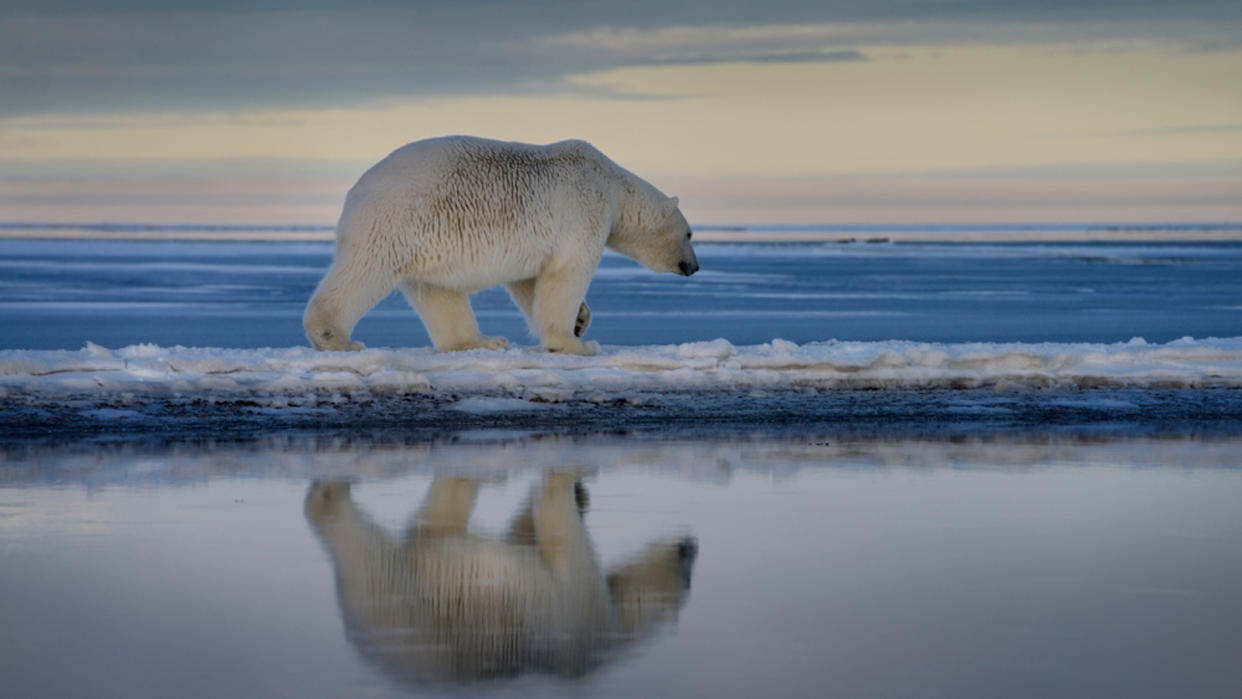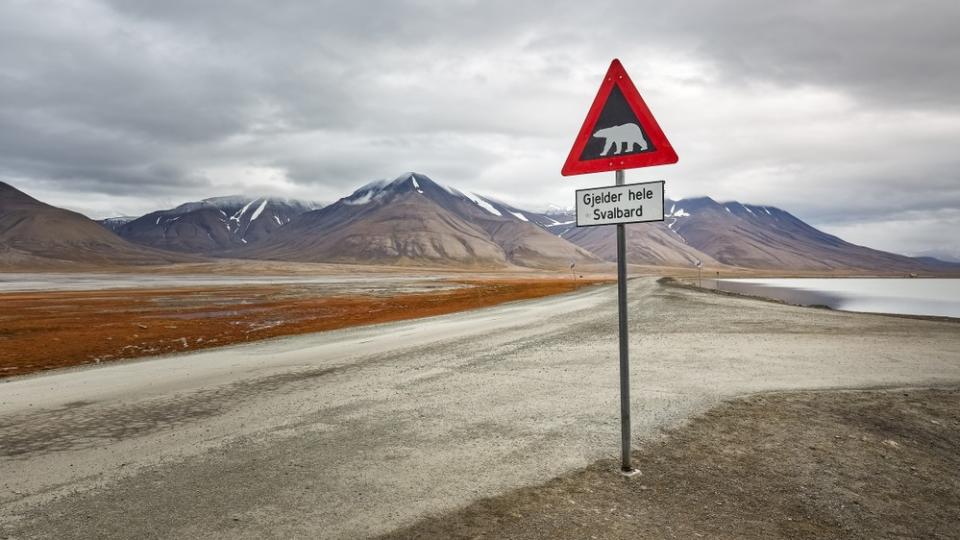In 'extremely rare' attack, polar bear killed mother and child in Alaska. Now we know why.


Last month, a polar bear killed a woman and her 1-year-old child in Alaska. It was the first fatal polar bear attack recorded in the U.S. in more than 30 years. Now, a new report sheds light on what may have caused the tragic event.
Experts analyzed the animal's tissues, which revealed that the male bear was in poor physical shape and likely elderly. However, it's unknown exactly what triggered the polar bear's (Ursus maritimus) aggressive behavior.
Summer Myomick, 24, and her infant son, Clyde Ongtowasruk, were mauled to death Jan. 17 in the coastal town of Wales, the westernmost city on the mainland of North America. The pair were leaving a school when a polar bear attacked them in the middle of the street: A heavy snowstorm at the time meant that Myomick did not see the bear coming until it was too late. School staff attempted to stop the bear by hitting it with shovels, but the bear turned on the staff and forced them to retreat back into the school, which was full of pupils at the time. The school remained in lockdown until a village resident arrived with a gun and shot the polar bear dead, AP News reported.
"Polar bear attacks on people are extremely rare," Lindsey Mangipane, a wildlife biologist with the U.S. Fish and Wildlife Service's Polar Bear Program in Alaska, told Live Science in an email. The last U.S. attack happened in 1993, and the last fatality occurred in 1990, in Point Lay, Alaska, she added.
So what caused the rare attack?
Dr. Kimberlee Beckmen, a vet with the Alaska Department of Fish and Game's Division of Wildlife Conservation (DWC), conducted tests on tissue samples collected from the dead polar bear to learn more about why the animal behaved so aggressively. The results were released Feb. 3 in a statement by the DWC.
Related: Move over polar bears, there's another top predator along the Arctic coast

At the time of the attack, there was speculation in the media that the bear may have had a brain-altering disease, such as rabies, toxoplasmosis, distemper or bird flu. "These conditions could impact bear behavior," Mangipane said, "but because we don't generally encounter affected bears in [the] wild, we are unsure how symptoms would impact the way bears interact with people."
However, the tests carried out by Beckmen came back negative for any brain-altering pathogens. Instead, the bear's sex and physical condition were likely to be the "key factors" that influenced the attack, Mangipane said.
The bear in the Wales attack was an adult male in "poor body condition" and was likely elderly, according to DWC. (A tooth was sent for a separate analysis to determine the bear's age, but the results haven't been released at the time of publication.)
In a 2017 study, published in the journal Wildlife Society Bulletin, researchers analyzed data from 73 polar bear attacks between 1870 and 2014 across Canada, Greenland, Norway, Russia and the U.S. and found that "nutritionally stressed adult male polar bears were the most likely to pose threats to human safety." This latest attack is consistent with these findings, Mangipane said.
There was "no definitive explanation as to why the bear was in poor body condition," DWC representatives wrote in the statement. But it is possible that human-caused climate change played a role.
"Sea ice loss is resulting in polar bears having less access to their primary prey," such as seals, Mangipane said. "This means that polar bears may increasingly be in poor body condition, especially when encountered on land."
RELATED STORIES
—Secret population of polar bears found living in seemingly impossible habitat
—Why aren't there polar bears in Antarctica?
—Polar bear parts are being smuggled around the world
Climate change could also be elevating the risk of attacks occurring in other places.
"Historically, polar bears spent most of their time on the sea ice which resulted in minimal spatial overlap with people," Mangipane said. "As the open-water season becomes longer [due to increased melting], some areas are experiencing more bears on land for longer periods of time, increasing the probability of human-bear interactions."

